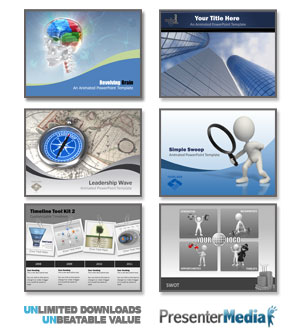This page is an attempt
to gather some useful resources for those who are involved
with LMS (Learning Management System) implementation or
research into LMS, LCMS, SCORM and AICC.
What is a Learning Management System?
It’s software designed to manage, track,
and quantify all of the training, continuing education,
employee development, certification and other learning activities
in a company.
Who is it for?
Companies implement a learning management
system because they’re committed to continued learning,
development and knowledge transfer for employees, external
and internal customers. Knowledge and expertise is a powerful
edge in today’s complex business climate.
What types of learning can be managed
by an LMS?
LMS-managed training can be delivered
online, in the classroom, in clients’ offices, onsite at
customer facilities. It can be deployed via computer-based
training like CD-ROM and DVD, or in a blended approach that
combines in-person and self paced learning, or in live classes.
The LMS can track training in all these different ways as
well.
What is an LCMS?
An LCMS is focused purely on managing
and delivering the appropriate eLearning content for users
when they need it. The Learning Content Management System
provides an infrastructure that can be used to rapidly create,
modify, and manage content for a wide range of learning
to meet the needs of rapidly changing business requirements.
The LCMS can use its detailed data on learner scores, question
choices, and navigation habits to give content managers
crucial information on the effectiveness of the content
when combined with specific instructional strategies, delivery
technologies, and learner preferences.
What is AICC? What
is SCORM?
The Aviation Industry CBT (Computer-Based
Training) Committee (AICC) is an international association
of technology-based training professionals. The AICC develops
guidelines for the development, delivery, and evaluation
of CBT and related training technologies.
This is a standard in e-learning.
The Sharable Content Object Reference
Model (SCORM) defines a Web-based learning "Content
Aggregation Model" and "Run-Time Environment" for learning
objects. The SCORM is a collection of specifications adapted
from multiple sources to provide a comprehensive suite of
e-learning capabilities that enable interoperability, accessibility
and reusability of Web-based learning content.
Web Resources:
-
Learning
Circuits: ASTD's Online Magazine About E-Learning
-
AICC: Learn all about
AICC here from the organization's website
-
SCORM: ADL's site (Advanced Distributed Learning)
- everything SCORM related.
-
NEW:
Some of the best whitepapers I have found and read are
collected at
e-Learning Guru: Here are a sample
few. Please visit their site more many more useful whitepapers.
-
Learning Management Systems: The Backbone of Your
Training System (THINQ) - LMS overview (101
level). What is an LMS, benefits, trend research
showing 60% of all large organizations will soon
have one, etc.
-
A Guide to Learning Management Systems (elementk)
- Another good overview to what an LMS does. Eight
basic components: student management, learning event
mgmt, course delivery, course authoring, skill assessment,
career development, knowledge bases, learner-based
personalization.
-
LCMS and LMS: Taking Advantage of Tight Integration
(Click2Learn) - Basic description of the similarities
and differences between LMS and LCMS products. Promotes
tight LMS-LCMS integration with open standards (e.g.,
SCORM).
-
Integrating Your LMS with Your ERP System (THINQ)
- ERP/HRMS systems focus on personnel records, benefits
and payroll with just limited components for employee
training. An LMS offers student registration, course
launching and detailed tracking. Two options exist
for getting an HRMS talking with an LMS: batch data
swaps and seamless data sharing.
-
Ten Steps to Successfully Selecting an LMS (Docent/LGuide)
- Good report for those just starting on this journey.
Includes info on building the business requirements,
non-functional specs, researching vendors, conducting
LMS vendor shoot-outs, RFPs, and cultural change.

